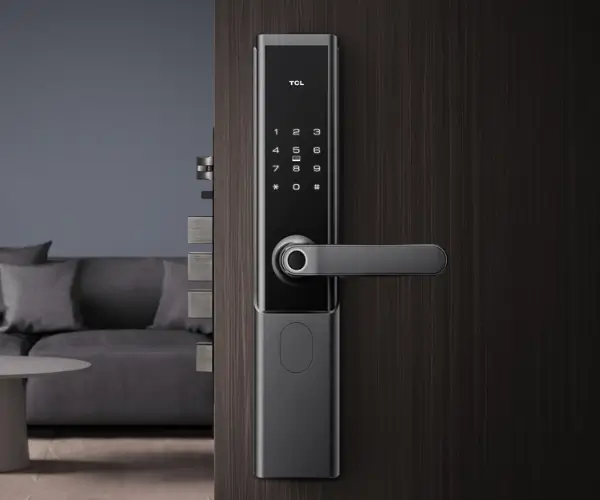Unleashing Tiny Powerhouses: The Marvels and Magic of Miniature DC Gear Motors
In the world of engineering and design, size often tells just part of the story. Among the most fascinating examples of this adage are miniature DC gear motors—compact powerhouses capable of delivering remarkable performance despite their tiny footprints. These diminutive devices combine the raw torque and reliability of larger motors with the finesse and precision required by modern applications.

The Allure of Miniature DC Gear Motors
Imagine a motor no larger than your thumb, yet capable of powering a robotic finger with pinpoint accuracy. Or picture a drone that can steady itself mid-air thanks to miniature motors that fit comfortably within its compact frame. These scenarios highlight the incredible versatility and influence of miniature DC gear motors. They are not just small; they are strategic engineering marvels shaping the future of technology.
The primary appeal of these gear motors lies in their size-to-power ratio. Despite their diminutive stature, they can generate significant torque, making them ideal for applications where space is at a premium but performance cannot be compromised. Their design combines a small electric motor with a sophisticated gear reduction system, which amplifies the motor's torque while reducing its speed—a vital feature for precise control.
Anatomy of a Miniature DC Gear Motor
At their core, these devices typically consist of three main components:
The DC motor—a compact electric motor that generates rotational force through direct current. Gear train—a series of tiny gears that reduce the motor's high rotational speed, increasing torque output. The housing and shaft—a protective casing that holds the assembly together and a shaft that transmits motion to the external load.
The gear train is what makes a miniature DC gear motor stand out. It transforms a fast, low-torque motor into a slow, high-torque device suitable for delicate tasks. Gear ratios can vary significantly—ranging from 3:1 to 1000:1—allowing for customization based on specific needs.
Materials and Manufacturing Precision
Manufacturers prioritize high precision and durable materials in producing miniature gear motors, given their frequent use in sensitive applications. Motor casings are often made from lightweight metals like aluminum or robust plastics, providing durability without adding unnecessary weight. Gears are crafted from metals or reinforced plastics, ensuring longevity under consistent use.
Production techniques such as micro-milling and injection molding enable the creation of intricate gear geometries, ensuring flawless engagement and minimal backlash. These details matter because in applications like robotics or medical devices, even tiny inconsistencies can lead to significant functional failures.
Advantages of Miniature DC Gear Motors
What makes these tiny motors so compelling? Several advantages set them apart:
Compactness: They fit into tight spaces where larger motors simply cannot. Lightweight: Their minimal weight makes them suitable for lightweight assemblies and portable devices. Efficiency: Despite their size, they possess high efficiency, reducing power consumption—especially critical for battery-powered applications. Customizability: Different gear ratios and configurations can tailor performance for specific tasks. Cost-effective: Advances in manufacturing have made miniature gear motors increasingly affordable, broadening their accessibility.
The Spectrum of Applications
Miniature DC gear motors are the unsung heroes behind many everyday innovations. Their applications span multiple industries—including robotics, aerospace, medical devices, consumer electronics, and automation systems.
In robotics, they drive miniature articulated arms, enable precise movement of sensors, and power tiny wheels on nano-automata. In medical technology, they've become vital for surgical tools, infusion pumps, and diagnostic devices, where reliability and size are paramount.
In the consumer sector, they are found inside remote-controlled cars, drones, and even advanced camera stabilization systems, where quiet operation and high precision are critical. Automation systems, like miniature conveyor belts or lab equipment, depend heavily on these small but powerful motors.
Challenges and Future Horizons
However, miniature DC gear motors are not without challenges. Heat dissipation can be problematic due to their small size, potentially limiting continuous operation. Gear wear and backlash also pose concerns, especially in high-precision contexts. Engineers continue to innovate with new gear materials and lubrication techniques to address these issues.
Looking ahead, the future of miniature DC gear motors is vibrant. Trends toward multi-functional integration, smart control interfaces, and improved energy efficiency promise to expand their horizons. As materials and manufacturing processes evolve—embracing nanoengineering and additive manufacturing—the capabilities of these tiny motors will only grow, powering the next generation of miniature robots, medical devices, and consumer electronics.
Kpower has delivered professional drive system solutions to over 500 enterprise clients globally with products covering various fields such as Smart Home Systems, Automatic Electronics, Robotics, Precision Agriculture, Drones, and Industrial Automation.




































